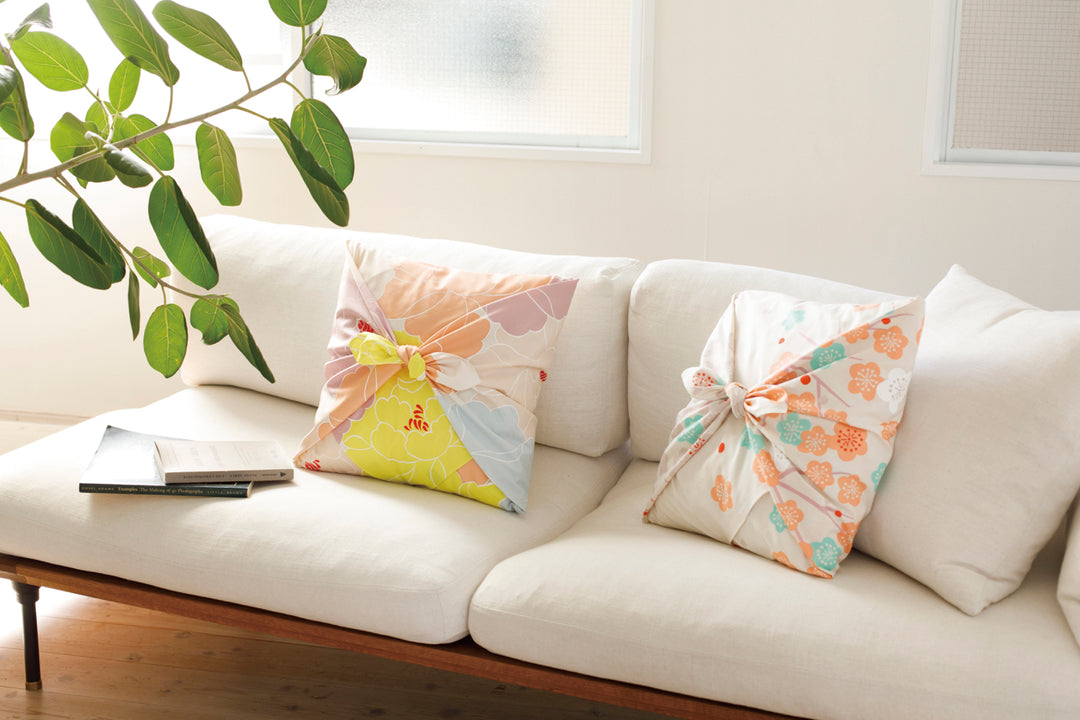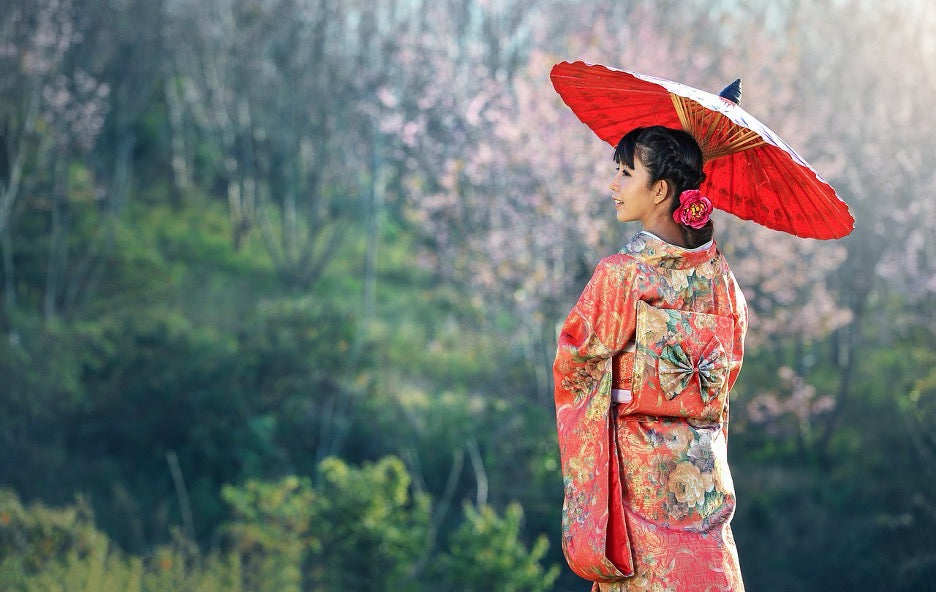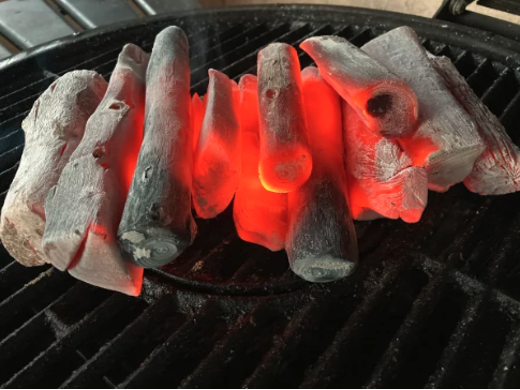Unpacking the Symbolism of Daruma Dolls

They’re arguably one of the most recognisable symbols of Japanese culture, and are packed with meaning. We’re talking, of course, about the beautifully captivating and enigmatic daruma dolls. But what exactly are they and why are they so valued?
We’ve just unpacked a brand new shipment of daruma dolls, and thought it would be fitting to “unpack” some interesting facts about these richly symbolic dolls, layer by layer.
Daruma dolls in a nutshell
Daruma dolls are traditional Japanese figurines, typically made of paper-mâché. The dolls are round and have no arms or legs, and feature a wide-eyed, bearded face with a focused expression.
Nowadays, you can find Daruma dolls in all colours, each of them corresponding to a particular area of life, but the most common are red (which is associated with good luck, wealth, and prosperity in East Asian nations), black, white and gold. They are often given as gifts or used in meditation and are a popular symbol of good luck and success in Japanese culture.

Here is a list of different Daruma colours and their most common meanings:
- Red: Best of luck and good fortune.
- White: Purity and balance.
- Golden: Money and glory.
- Black: Protection against evil spirits.
- Green: Health and physical condition.
- Orange : Academic success or prosperity.
- Blue : Career success.
- Purple : Personal development or health.
- Pink : Love & Romance.
Filled with symbolism
 The daruma doll is modelled after Bodhidharma, a Chinese Buddhist monk from the 5th century who became the patriarch of the school of Chan Buddhism in China. The appearance of the daruma is unique because Bodhidharma is said to have meditated for nine years straight, which led to his arms and legs wasting away and dropping off, leaving only a limbless head and torso.
The daruma doll is modelled after Bodhidharma, a Chinese Buddhist monk from the 5th century who became the patriarch of the school of Chan Buddhism in China. The appearance of the daruma is unique because Bodhidharma is said to have meditated for nine years straight, which led to his arms and legs wasting away and dropping off, leaving only a limbless head and torso.
If you look closely, you’ll notice that they have both eyes coloured in white. The owner of the doll will colour in one eye while setting an intention or making a wish and the other when the wish or goal has been fulfilled. This tradition of making wishes and promises on daruma comes from Zen Buddhism, which emphasises the importance of meditation.
It is often thought that having both eyes coloured in means that your eyes are now open to the truth of the universe, as happened to Bodhidharma when he reached enlightenment. The other meaning is that he fell asleep seven years into his meditation and was so embarrassed that he cut off his eyelids to avoid it happening again.
The real meaning of daruma
Daruma’s round body is designed to be tipped over but spring back up again, symbolising resilience and the ability to bounce back from setbacks.
 In addition to this, by drawing in the eye of the daruma, you’re making a promise to yourself to follow your dream and achieve your goal, no matter what obstacles you may face. It’s a constant reminder of what you originally wanted and why you initially made the promise to yourself.
In addition to this, by drawing in the eye of the daruma, you’re making a promise to yourself to follow your dream and achieve your goal, no matter what obstacles you may face. It’s a constant reminder of what you originally wanted and why you initially made the promise to yourself.
It is important to note that you can only have one Daruma at a time. Once you have painted your doll's second eye, you can buy another one and make a new wish. The advantage of this rule is that it forces you to focus on one goal at a time. You can devote all your time and energy to the accomplishment of a given task and thus, put all the chances on your side to succeed.
There’s a popular idiom that’s often tied to the daruma: nanakorobi yaoki, which loosely translates to “fall down seven times, stand up eight”. This speaks to the doll’s true meaning of self-perseverance, focus, discipline and staying on the path – rather than about granting wishes.
After a year, the tradition is that the Daruma is brought back to the temple where it was bought to be burned, whether you achieved your goal or not. It is believed that the power of the Daruma doll will fade after one year.
If you have reached your goal, then this is an opportunity to move on. If, on the other hand, you failed to achieve your goal, burning it does not mean that you give up, but that you will seek for another way to achieve your goal (or start over with a new Daruma).

How are daruma made?
The wonderful truth about daruma dolls is that almost all of them are made in the Japanese city of Takasai in Gunma prefecture, which has been the case for more than three centuries. Back in the 17th century, they were made by farmers in this area and blessed by passing monks.
The dolls are traditionally hollow and made from papier mache using Japanese washi paper. A pre-made wooden mould is dipped into liquid papier mache and the air inside is sucked out using a pump. This ensures every daruma comes out perfectly identical. In the past, this was all done by hand, and even though there is help from machinery in today’s time, the process is still a very careful and technical process.

Where to buy daruma dolls?
You’re spoilt for choice with Setamono’s range of exceptionally crafted daruma dolls, available in your colour choice of red, white and black, and in different sizes to suit your taste and budget.
Make one of these authentic, traditional Japanese figurines dolls yours to encourage good fortune, perseverance and following your dreams. It’s also makes for a wonderful and symbolic gift for loved ones.
 R250.00 |

R340.00 |

R790.00 |
 R250.00 |

R340.00 |
 Black Japanese Daruma Doll R790.00 |

R340.00 |
 White Japanese Daruma Doll R790.00 |
Visit the Setamono Japanese Homeware store to view our collection of beautiful Japanese daruma dolls.
Setamono - Shop 5a, The Courtyard,
Old Cape Quarter Lifestyle Village,
De Waterkant, Cape Town
Monday to Friday: 9:30am – 5pm
Saturday & Sunday: 9:30am – 2pm
Image sources: japanobjects.com, Japanevenue.com, Wikipedia & Japantravel.com





